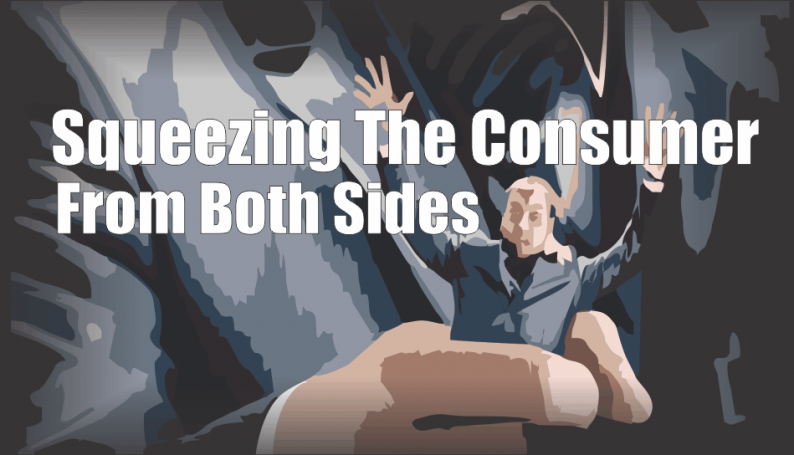
The Federal Reserve raised the Federal Funds rate on December 13, 2017, marking the fifth increase over the last two years. Even with interest rates remaining at historically low levels, the Fed’s actions are resulting in greater interest expense for short-term and floating rate borrowers. The effect of this was evident in last week’s Producer Price Inflation (PPI) report from the Bureau of Labor Statistics (BLS). Within the report was the following commentary:
“About half of the November rise in the index for final demand services can be traced to prices for loan services (partial), which increased 3.1 percent.”
While there are many ways in which higher interest rates affect economic activity, the focus of this article is the effect on the consumer. With personal consumption representing about 70% of economic activity, higher interest rates can be a cost or a benefit depending on whether you are a borrower or a saver. For borrowers, as the interest expense of new and existing loans rises, some consumption is typically sacrificed as a higher percentage of budgets are allocated to meeting interest expense. On the flip side, for those with savings, higher interest rates generate more wealth and thus provide a marginal boost to consumption as they have more money to spend.
This article focuses on borrowers and savers to show how the current interest rate cycle is squeezing consumers. Said differently, the rising cost of borrowing is dwarfing the benefit of saving.
Borrowers
As mentioned but worth repeating, personal consumption accounts for the bulk of economic activity. To gauge how higher interest rates might affect individuals’ spending, we classify personal debt into the following five categories: mortgages, home equity lines, auto loans, student loans and credit card debt. The following table shows the amount of debt outstanding in each category and estimates the percentage of each loan type that has fixed interest rates and floating interest rates.









Leave A Comment